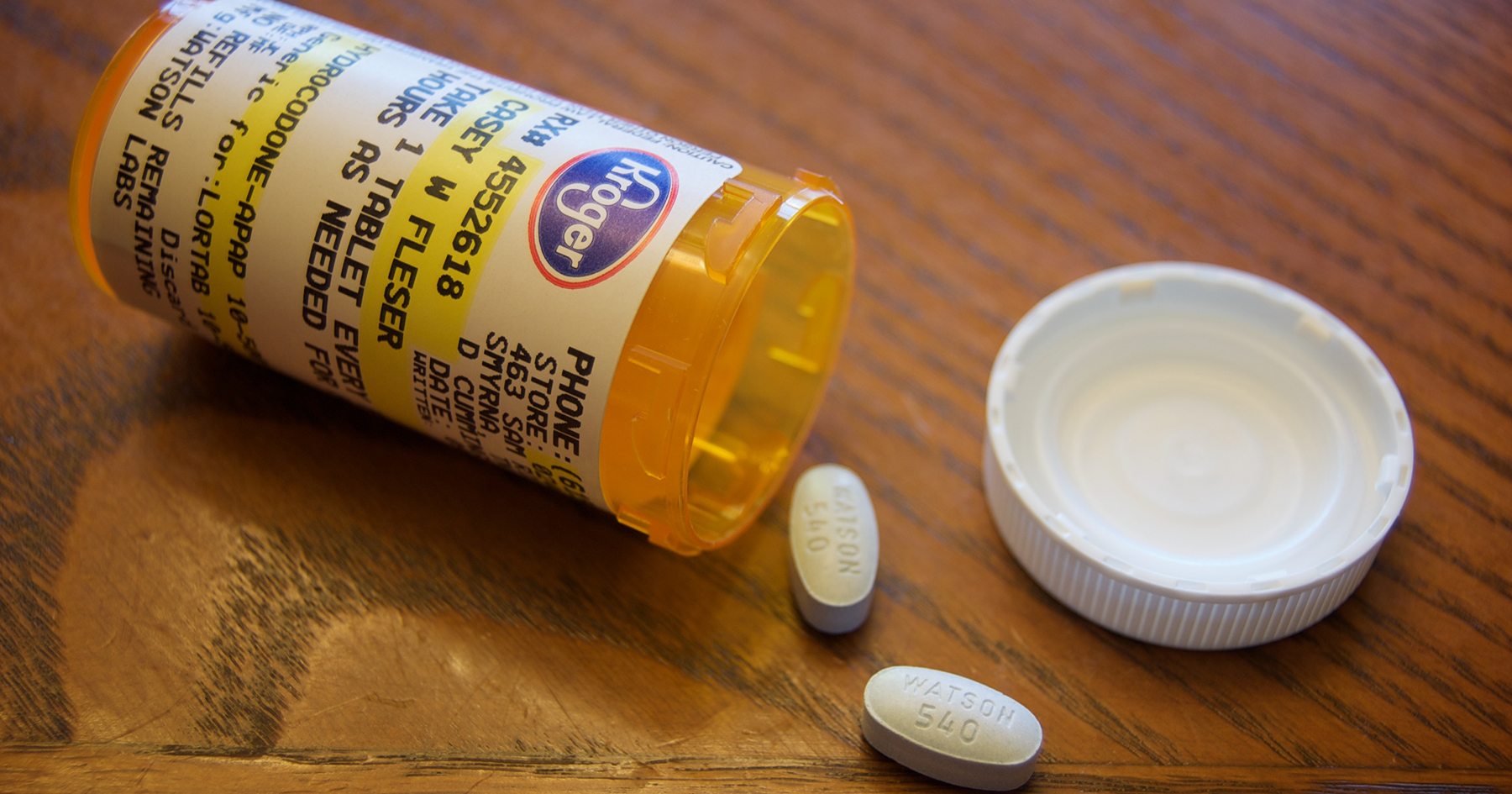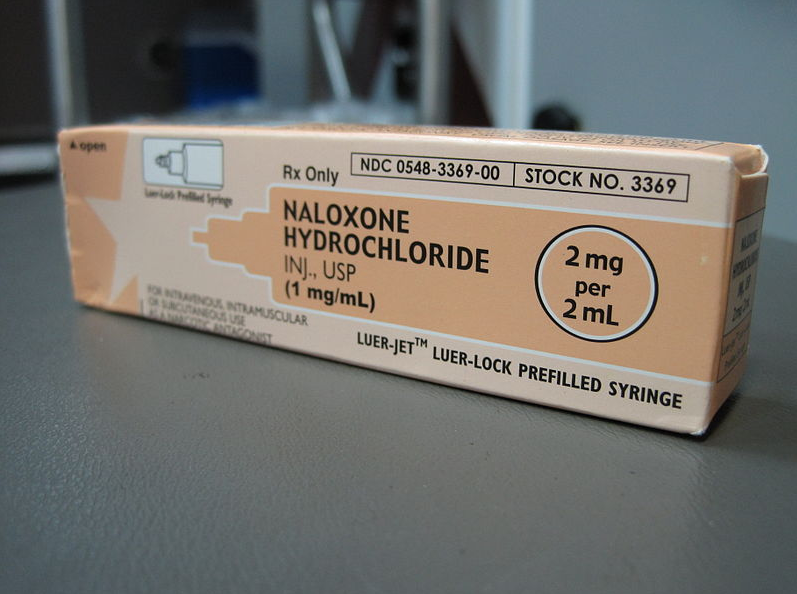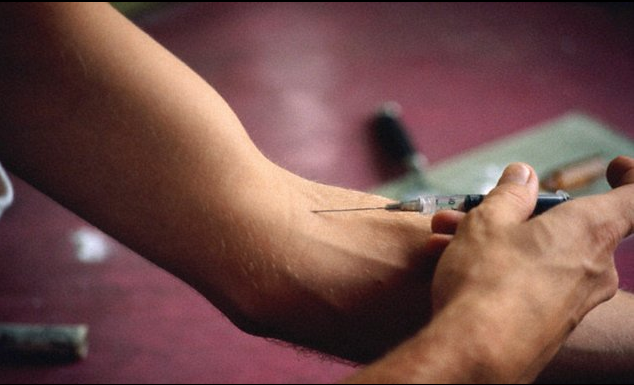Prince's Death Highlights a Major Problem With a Lifesaving Overdose Drug
By:
Prince's death sparked a national conversation about prescription painkiller addiction — but it's highlighting a unique problem for a life-saving overdose reversal drug increasingly used as an antidote to America's careening opioid epidemic.
 AP/Liu Heung Shing - apimages.com
AP/Liu Heung Shing - apimages.com
Across the country, law enforcement and health officials say that new drugs used to revive people who overdose on prescription painkillers or heroin have been overwhelmingly effective. But post-revival treatment infrastructures fall short, causing some revived addicts to only overdose again, The Wall Street Journal reports.
 Flickr / Casey Fleser - flic.kr
Flickr / Casey Fleser - flic.kr
The cause of Prince's April 21 death is still unknown, but pending the results of a toxicology report, it could be one example of this problem.
Days before his death, Prince suffered an overdose of the painkiller Percocet and was taken to a hospital, where staff administered the overdose-reversal drug naloxone, according to a law enforcement official quoted in The Wall Street Journal.
Naloxone is a treatment drug that can successfully reverse overdose symptoms from excessive opioid use.
 Wikimedia commons - wikimedia.org
Wikimedia commons - wikimedia.org
But experts say that while the drug is an effective tool for overdose cases, addicts often suffer from severe withdrawal symptoms, and with a lack of immediate post-revival treatment, can revert to excessive opioid use to stave off symptoms.
"The basic issue is the lack of treatment and access to other resources for overdose victims, as well as others," Leo Beletsky, associate professor of law and health sciences at Northeastern University School of Law, told ATTN:.
"Some have proposed measures to compel people who have experienced overdoses to treatment, but the problem is that there is not enough capacity to accommodate people in programs that are of high quality and based in science," he said.
 Twitter/Bungtomsss - twitter.com
Twitter/Bungtomsss - twitter.com
Opioid addiction in the U.S. has spiraled out of control in recent years, with both prescription painkiller and heroin overdoses reaching epidemic levels. In response, officials have lauded naloxone, which, administered by spray or injection, can bring a person back from the brink of death.
The drug is used in agencies across the country, and can be prescribed to the family and friends of addicts in 39 states, according to the Prescription Drug Abuse Policy System. But its effects are mostly gone within 90 minutes, and without a stable treatment plan in the immediate aftermath, addicts are faced with an often impossible situation, and may seek out opioids to fight off severe withdrawal symptoms.
Beletsky said that those on the front lines of the nation's opioid crisis are well aware of the problem.
"We're now seeing law enforcement starting to advocate for scaling up that infrastructure on a major scale because they are on the front lines and seeing the system fail time and time again," Beletsky said.
